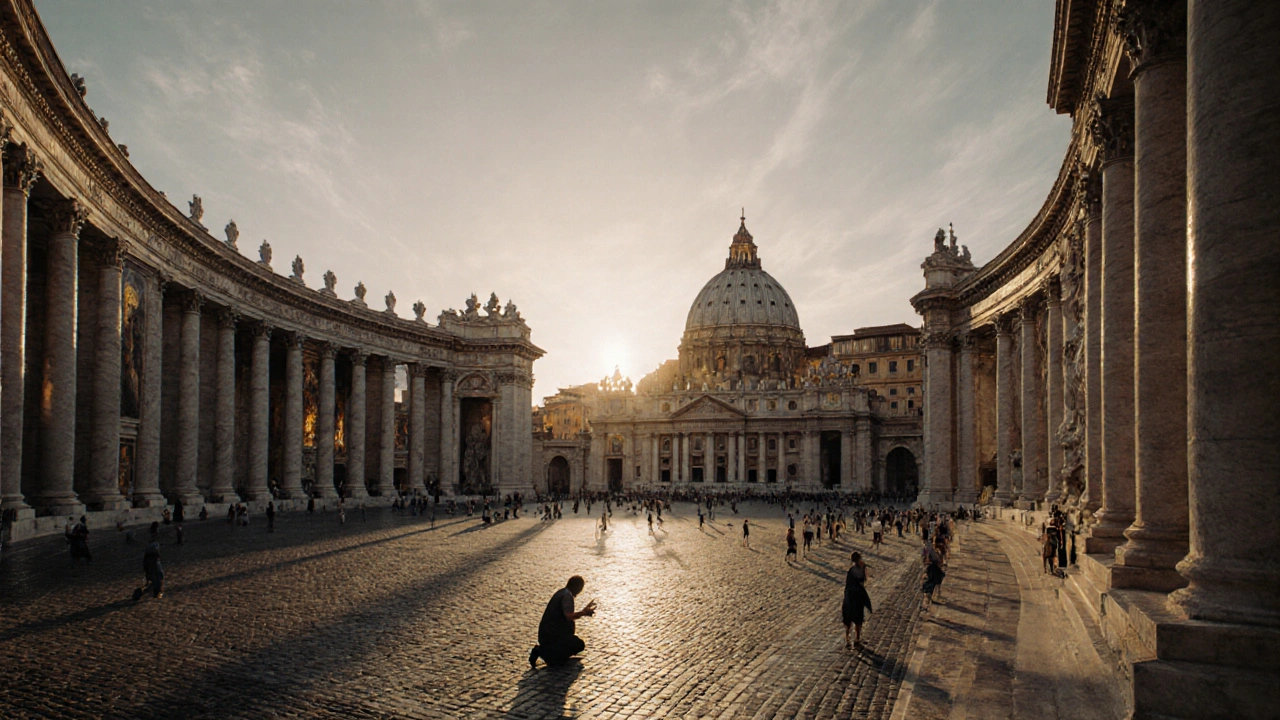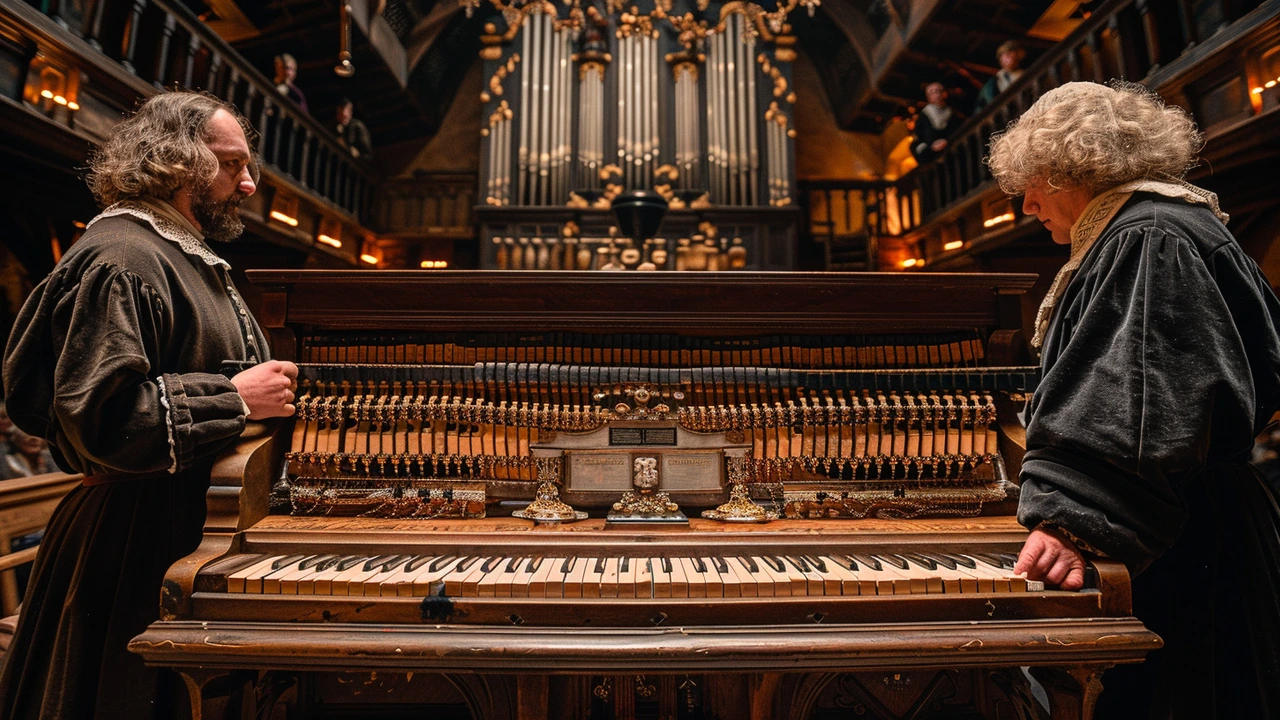Baroque architecture: how to recognize it and where to see it
Baroque architecture grabs attention fast. Think big curves, bold light and shadow, and rooms that feel like theater sets. If you want to know how Baroque buildings work, start by learning a few visual tricks—they'll help you spot Baroque on a city walk or in a design moodboard.
What to look for
First, look for movement. Facades and interiors use curved lines, oval windows, and layered surfaces that push your eye around. Second, watch how light is used. Deep recesses, heavy cornices, and dramatic windows create sharp contrasts—sun hits one plane and another drops into shadow. Third, notice ornament. Stucco, statues, gilding, and frescoes are common, but they aren’t random: they guide attention to altars, staircases, or important rooms.
Materials and finishes often aim for richness. Marble veneers, gilded wood, and painted ceilings that extend architecture into a painted sky are Baroque staples. Architects used techniques like trompe-l'œil and illusionary perspective to make spaces feel larger or more dramatic than they really are.
Scale matters. Baroque favors grand sequences—long sightlines, grand staircases, and multi-level spaces that build up to a focal point. That focal point might be an altar, a dome, or a palace hall meant to impress visitors or underline power.
Famous examples and makers
Want to see real Baroque? Start in Italy: Bernini’s St. Peter’s Square is a showoff with sweeping colonnades. Borromini’s San Carlo alle Quattro Fontane plays with curved geometry inside a tiny plot. In France, Versailles shows Baroque’s palace side—orderly gardens meet theatrical interiors. Spain and parts of Latin America offer churches packed with gilded altars and layered decoration. These buildings show how Baroque wired architecture to religion, power, and spectacle.
Architects like Gian Lorenzo Bernini, Francesco Borromini, and later designers who revived Baroque ideas are worth remembering. Their work teaches how structure and decoration can work together to shape emotion—surprise, awe, reverence.
Travelling? Look for entryways that feel like a reveal, chapels where light slashes across paintings, or ceilings that dissolve into painted heavens. Those are reliable Baroque markers.
Designers and homeowners can borrow Baroque cues without going full palace. Try a bold curved mirror, a dramatic chandelier, layered moldings, or a richly painted ceiling panel. Keep proportions in mind: Baroque details read best when paired with strong lines or clear sightlines so they don’t feel fussy.
Preservation tip: Baroque surfaces—frescoes, gilding, stucco—age fast. If you’re restoring or buying a Baroque building, check conservation reports and climate control before committing. Those details are what make the style sing.
Baroque architecture still works because it talks directly to the senses. Once you know the signs—movement, light, ornament, scale—you’ll start spotting Baroque moments everywhere, from old churches to modern interiors that borrow its drama.


